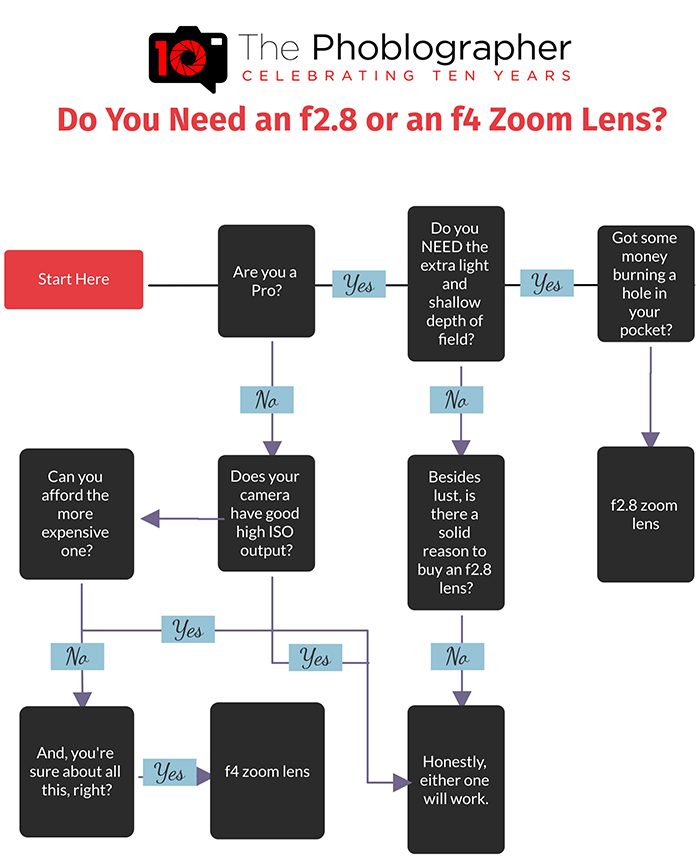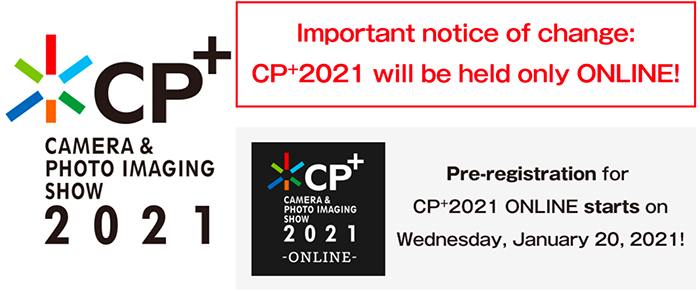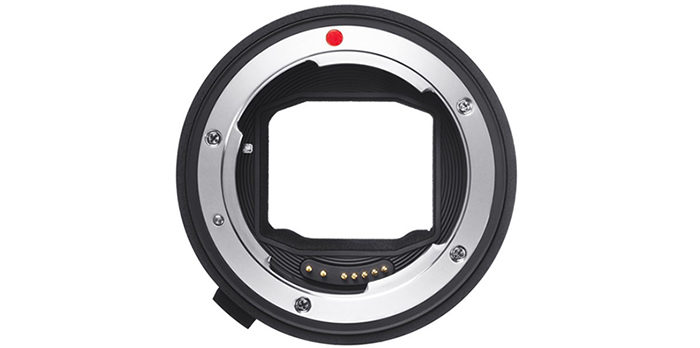Infographic: Do you need a f/2.8 or f/4.0 zoom?
ThePhoBlographer created this Infographic to help you choose which zoom you should get:

ThePhoBlographer created this Infographic to help you choose which zoom you should get:

Sony FE 20mm F1.8 G Review
Tamron 70-300mm RXD Lens for Sony E Mount | Lens Review by Digitalgoja.
Sony Centre Carlisle α Club Event December 2020
Yongnuo YN 35mm F2S DF DSM review at SonyAlpha.Blog.
Tamron 70-300mm F4.5-6.3 Di III RXD Review at Photographyblog.
Sherif:
Just updating you that I just published Part 2 from the A7SIII ProRes RAW analysis.In case you’re still considering publishing it, you can find both episodes below:
Personal photos and tests from SAR Admin Andrea on Instagram, Twitter, Facebook, Flickr and 500px.
Join the new Sony Alpha Camera Facebook group.
To get news from our Forum subscribe that RSS feed.
I kindly invite you all to follow our RSS feed, follow us on Facebook and Twitter to not miss news and rumors
Visualizza questo post su Instagram
by dkfphotoworks
“The practice of forgiveness is our most important contribution to the healing of the world”.
~Marianne Williamson.
Sony A7R lV.
Sony 2.8/12-24 G Master.
Nisi S-6 Filter System.
Really Right Stuff TVC-33/BH-55.
Shimoda Explore 40 Bag.
1) You can submit one single picture per week only.
2) To submit your picture for the weekly readers roundup post you can choose one of the following three options:
– Instagram: Follow @sonyalphagallery and tag us on your picture to give us the permission to repost your image on the instagram gallery and on SAR (we will credit you)
– Facebook: Submit your picture on our group: facebook.com/groups/sonyalphacamera. Please add the hashtag “#sonyalphagallery ” to grant the permission for reposting on SAR. Without the hashtag we will not add your picture!
– Forum: Submit your picture on the SonyAlphaForum image section and add the hashtag “#sonyalphagallery ”
3) Like and comment the pictures from other readers here: instagram.com/sonyalphagallery, facebook.com/groups/sonyalphacamera and on SonyAlphaForum.
4) A selection of most liked pictures by the community and by me SAR admin will be posted weekly on SAR.
Note: When sending a pic feel free to also add a link to your site to promote yourself! And please do share one single picture per week only. Do not spam :)
Preorders:
Sony FX6 FF E-mount camcorder at BHphoto, FocusCamera and Adorama.
Sony FE C 16-35mm T/3.1 G E-Mount Lens at BHphoto, FocusCamera and Adorama.

Once upon a time we hade some nice photo events. Because of Covid-19 (and the declining market) everything got messed around:
–
World Premiere – Camera & Photo Imaging Show Announcement about the online-only organization of CP+2021
The Camera & Imaging Products Association (CIPA) (president: Masaya Maeda; address: MA Shibaura Bldg., 3-8-10 Shibaura, Minato-ku, Tokyo Japan) had been preparing to host CP+2021 in a new form by holding it on-site at PACIFICO Yokohama and also online as an international world premiere show for camera & photo imaging to introduce the latest products and technologies as well as to communicate the future of the industry and the fun and growing popularity of photo imaging culture.
However, in view of the fact that the number of COVID-19 infection cases has recently been soaring once again, we have decided to cancel the on-site organization of the event at PACIFICO Yokohama and hold only CP+2021 ONLINE.
As you know, many events have recently been successfully held in an online format, and we will ensure that CP+2021 ONLINE can be participated in by the maximum number of exhibitors. We will thus hold the international camera & photo imaging show online to introduce the camera & photo imaging industries and photo imaging culture from Japan to the world. We hope for your continued support for the event.
CP+2021 ONLINE: Outline Name: CP+ [cpplus] 2021 ONLINE
Dates: Thursday, February 25 – Sunday, February 28, 2021 *Access to the archive: By Wednesday, March 31
Organizer: Camera & Imaging Products Association (CIPA)
Please visit our official website for additional and updated information about the event:
→ CP+2021 Official Website: www.cpplus.jp
via Dpreview

Benefits of the update for the Sigma 35mm f/1.2 FE (info here):
Improved the phenomenon that the focus does not work on rare occasions when the focus mode is set to AF-C (Continuous AF).
Benefits of the update for the MC-11 adapter (info here):
・It makes the converter compatible with the SIGMA 120-300mm F2.8 DG HSM | Sports in SIGMA SA mount, that has the latest firmware Ver.1.02.
・It has improved a rarely-occurring blinking phenomenon during movie shooting.